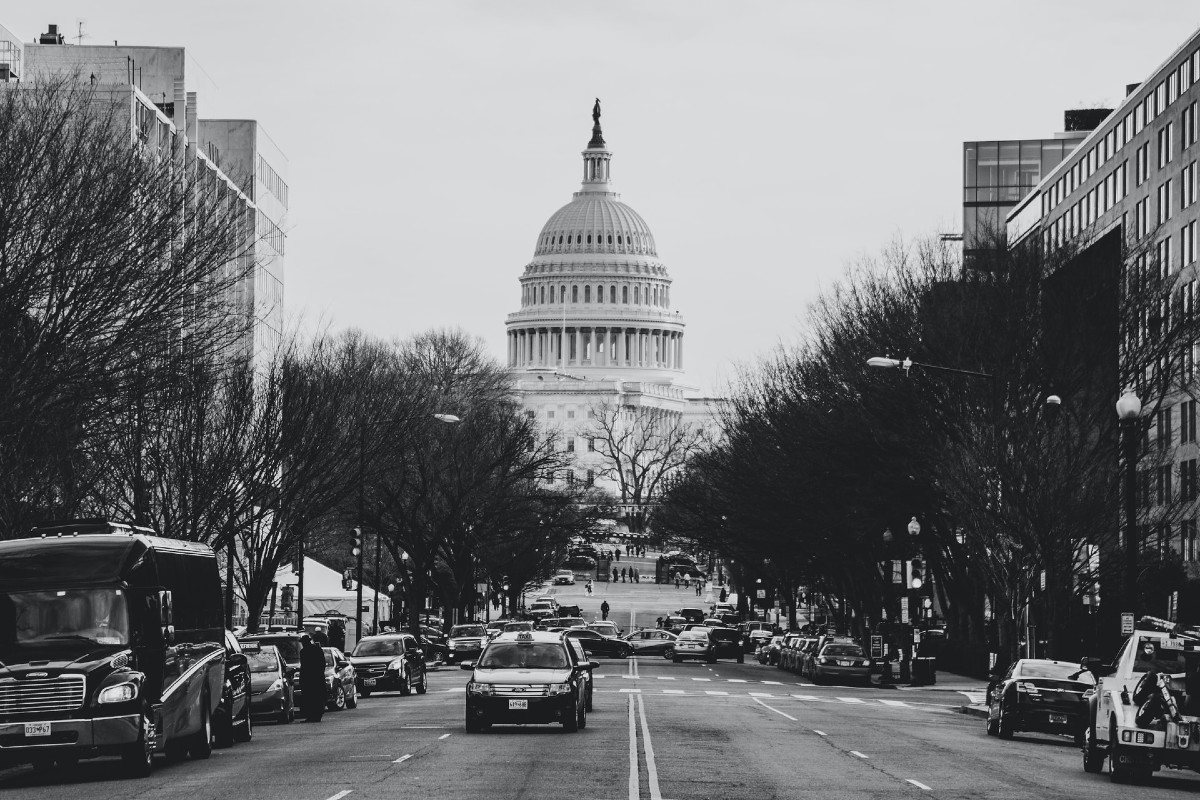By Kyra Morris, contributing editor | History shows the American economy prefers checks and balances. Since 1945, the S&P 500 stock index under a divided federal government has had a 14 percent return whereas under a unified government the experience was 12 percent.
The 2020 elections are not completely over, yet the probability is for a Joe Biden presidency, a tight GOP majority in the U.S. Senate and a tighter Democratic majority in the U.S. House than before the election as more seats were taken by the GOP. We will have a divided Congress at least for the next two years. Assuming the eventual transition, how will history be written under this administration?
First, political appointments will be meaningful and more competitive, particularly at independent commissions, such as the Securities and Exchange Commission, where personnel is policy.
Next, implementation of Democratic priorities will be limited with no new large appropriations. At the IRS, there will be limited changes with some gridlock and a not-yet-recovered economy. Two predictions: No capital gains hike; and no increase in the corporate tax rate. Overall, here will be no major paradigm shifts, including:
- No new stimulus program;
- Infrastructure programs will be constrained;
- Federal rule-making on the Affordable Care Act will take time;
- Clean energy policies may face uphill battles, but appointments are key here;
- There may be decriminalization of cannabis at the federal level;
- International relations will return to traditional, diplomatic public stance, with little or no additional trade war threats; and
- The COVID-19 vaccine will take center stage for overall recovery.
Finally, the direct correlation between the Biden administration and the economic recovery is not high. Policy changes take time to show differences, and current policies already have momentum. The U.S. GDP by 2024 could easily be within 1 percent of what it was going into 2020. Different sectors may emerge and other sectors may see strong shifts. Total economic recovery depends more on the efficacy of a COVID vaccine than it does on the government administration.
Other trends ahead
There is hope for broad vaccination in 2021. The restaurant, hospitality and air travel industries have been deeply hit. While they only make up 6 percent of GDP, they make up 15 percent of US employment. Vaccines will be helpful and needed for the recovery of these sectors.
Consumer goods spending is leading the way so far with the recovery, whereas consumer service spending has been depressed. A consumer-promoting and friendly online presence that supports the ability to keep spending while not leaving your home is crucial. Grocery stores did not skip a beat with groceries purchased online and either delivered to your car or directly to your home. The 2020 stimulus was the largest stimulus since World War II. It created personal income wealth and for many people, this was disposable income that could be spent.
The elections will have a small impact on total market valuations. The broad markets are currently slightly overvalued as a whole, though there are significant variations across individual stock values. Mega-cap and large tech stocks are overvalued, while one-third of the North American stocks are undervalued and many of these make up 75 percent of the Morningstar 4- to 5-star rated securities. Small cap cyclicals may benefit from the pent-up demand created in 2020.
Here are some other sectors to watch:
- Restaurants – near term closures with recovery in 2021. Those that shifted to online and delivery are stronger;
- Travel – recovery by 2023 with cruise ships taking longer;
- Consumer cyclicals – coming off lows;
- Energy – perhaps most opportunity as this is the worst hit. The perception of oil will make a difference on demand;
- Health care – no real change; and
- Technology – robust fundamentals though headwinds are strong and the sector is mostly overvalued,
Uncertainty and change will continue to be key words for the economy. COVID and its vaccine are charged with these. A divided government may also denote uncertainty and change though it is not one of the areas to attach a lot of your concerns for the economy. A study done by LPL Financial saw the S&P 500 return of 17.2 percent under a Democratic president with a split Congress, 13.4 percent under a Republican Congress, and 10.7 percent under a Democratic Congress. There is a strong probability that we will have a Democratic president and a split Congress. The checks and balances provided hinder drastic changes that alter behavioral demand, shifts in industry sentiment and general business operations.
The future is full of cobblestones that need to be maneuvered. Although it is tricky and we need to be aware of falling, it also contains beauty. The divided Congress amply reflects our country. The divided Congress historically does not mean disaster for our economy.
We need to learn how to hear, listen to and record all of our voices. We are teaching that diversity makes us stronger. Inclusion is when all voices are embraced, and our equity comes from both diversity and inclusion. May an outcome from this election be the evolution of our diverse voices all being heard. If diversity and divided mean something similar, then divided we stand.
Kyra H. Morris, a Certified Financial Planner, is CEO of Morris Financial Concepts, Inc., in Mount Pleasant. A national leader in the financial planning profession, she has been named several times by leading magazines as one of the country’s top financial planners.





 We Can Do Better, South Carolina!
We Can Do Better, South Carolina!
























